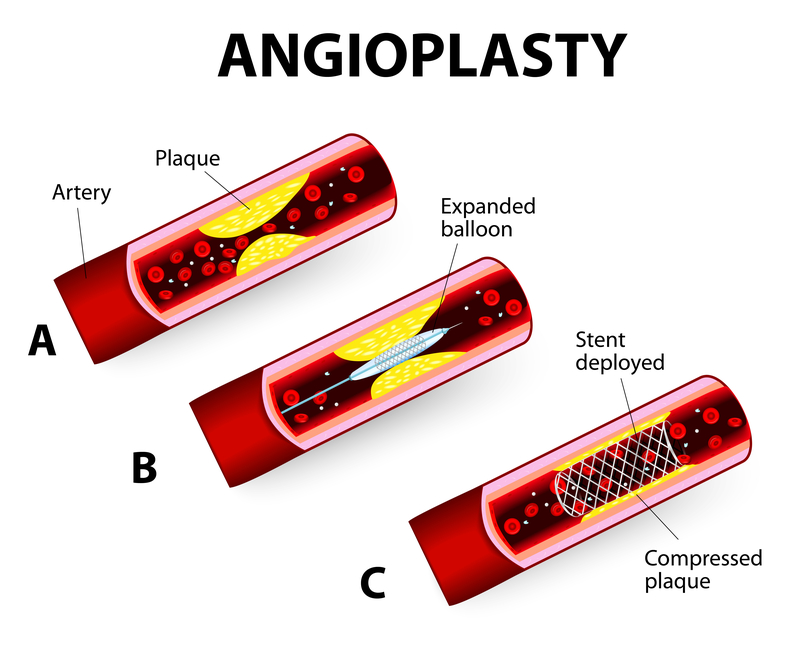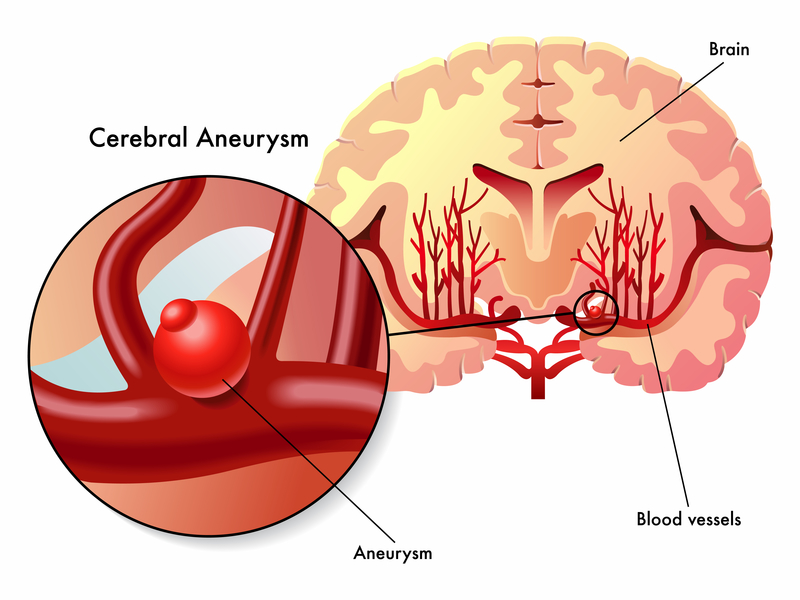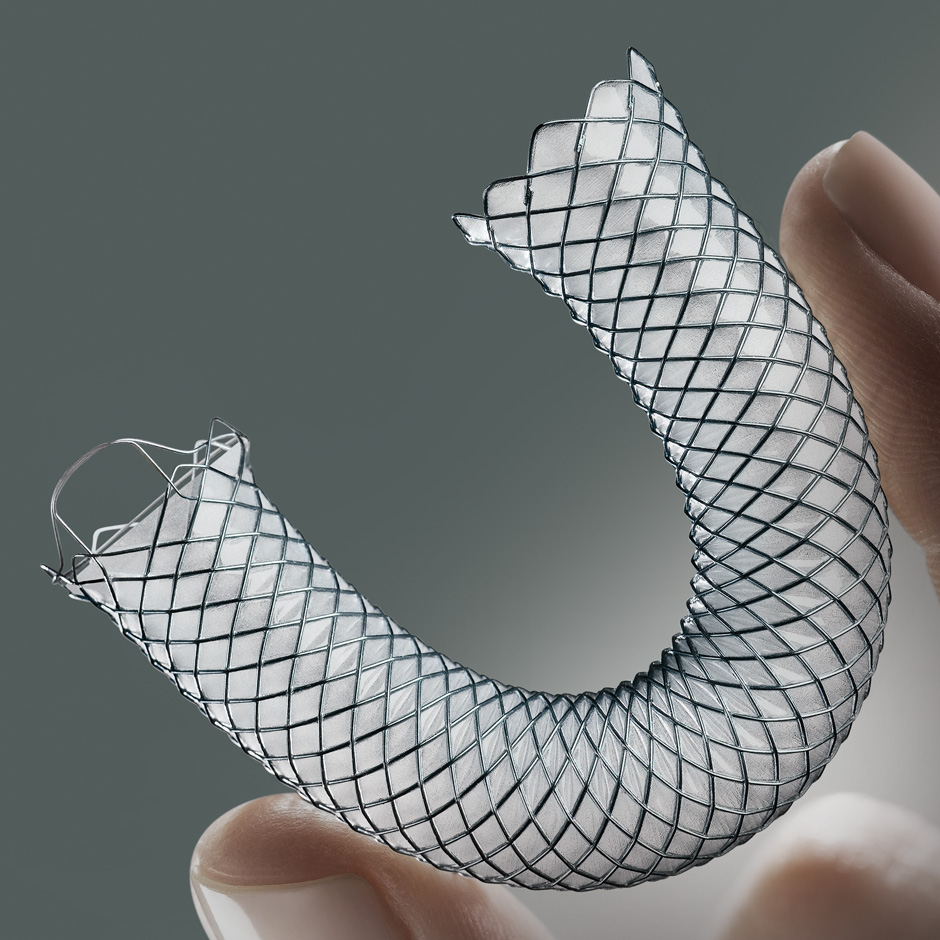Amazing Stent Usage In Coronary Angioplasty And Other Procedures
Coronary angioplasty, also known as percutaneous coronary intervention, is a surgical procedure that involves adding and inflating a temporary balloon into a clogged artery to widen it. In most cases, coronary angioplasty is combined with the permanent placement of a stent, which is a small, mesh wire tube designed to prop the artery open, so it does not close again. Compared to other cardiac surgeries, coronary angioplasty patients have a short recovery time and experience less pain. Here are some other ways stents are used.
7. Open Blocked Artery During Heart Attack

Stents are most commonly used during coronary angioplasty to widen a blocked artery and allow blood and oxygen to flow to the heart. Stents relieve symptoms of shortness of breath and chest pain by propping open the blocked artery. They can also be used during a heart attack to reduce the amount of damage done to the heart. A tiny balloon is first inserted into the blocked artery and inflated. Then the balloon is removed, and a stent is permanently placed.
6. Promote Skin Healing After A Skin Graft

A skin graft is a surgical procedure used to repair skin that has been extensively burned or wounded by transplanting healthy skin taken from other areas of the body. Research supports using stents to promote the growth of healthy skin after a skin graft by widening blood vessels around the affected area to encourage blood and oxygen flow, which is crucial for repairing the skin. In some cases, stents are made from rubber foam pads and stapled over the skin graft.
5. Esophageal Stent

Esophageal cancers affecting the throat can make it hard for the affected person to swallow. Esophageal stents are flexible, mesh tubes measuring three-quarter of an inch wide that are placed in the throat of patients with esophageal cancer to prop the throat open and allow for easier swallowing. Esophageal stents are also used to treat fistulas, perforations, leaks and strictures of the esophagus. One study indicated that thirty-two percent of patients reported complications such as prolonged chest pain, stent migration, and bleeding.
4. Brain Stents

Brain aneurysms occur when there is a weak or bulging area located in an artery wall of a blood vessel supplying blood flow to the brain. Most of the time, no symptoms are present. During rare cases, the brain aneurysm ruptures and floods the skull with blood, causing a stroke. Brain stents are used in the blood vessels of people with a high risk of a brain aneurysm to strength blood vessels and support blood and oxygen flow to the brain.
3. Biliary Metal Stent

Biliary metal stents, also known as a bile duct stent, are useful for treating several complications of bile duct disorders. They have been shown to alleviate jaundice due to advanced bile duct cancer, drain excess bile, and open blocked arteries that are common in cases of bile duct cancer. Biliary metal stents may also reduce pain associated with pancreatitis. They are commonly used in gallbladder surgery to support surrounding blood vessels and decrease the risk of blockage.
2. Tracheal Or Bronchial Stent

Around thirty percent of lung cancer patients will develop a central airway obstruction. Bronchial and tracheal stents can be used to open the blood vessels connected to the lungs to improve breathing. They may be used to relieve complications associated with stenosis and anastomosis after a lung transplant. Stents are made of silicon or metal and can be placed in either the bronchi or trachea depending on where a narrow blood vessel exists.
1. Ureteral Stent

A ureteral stent, otherwise known as a ureteric stent, is designed to widen the tubes that carry urine to the bladder from the kidneys. They are thin tubes inserted into the ureter to prevent obstruction or prevent narrowing of the vessels, which would otherwise restrict urine flow. Although the length of the stent may vary, most are around twenty-four to thirty centimeters long. Ureteral stents help increase the flow of urine from the bladder and restore kidneys to their optimal functioning.